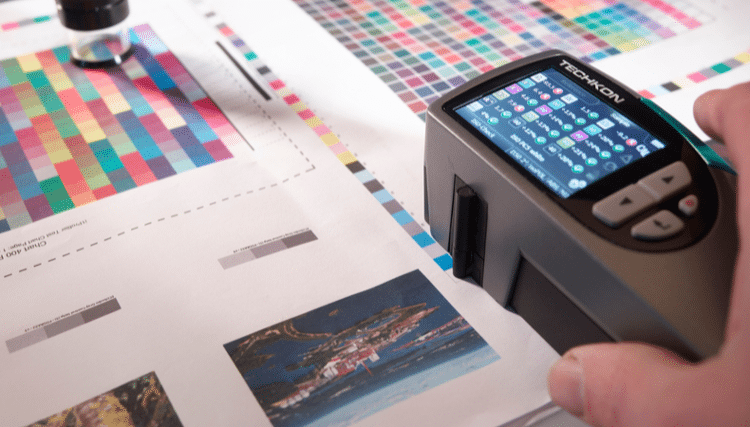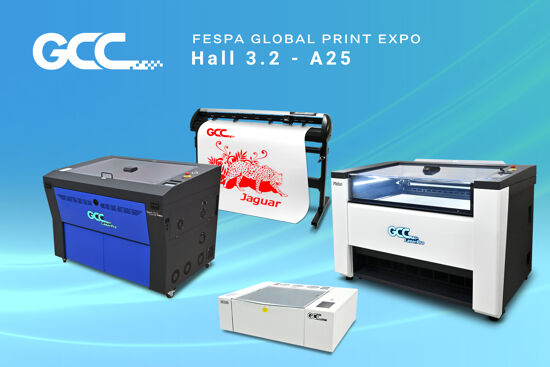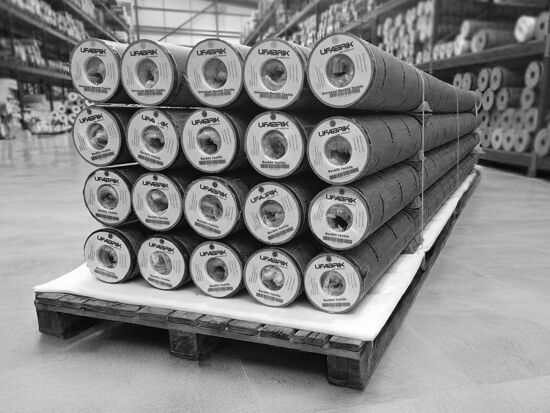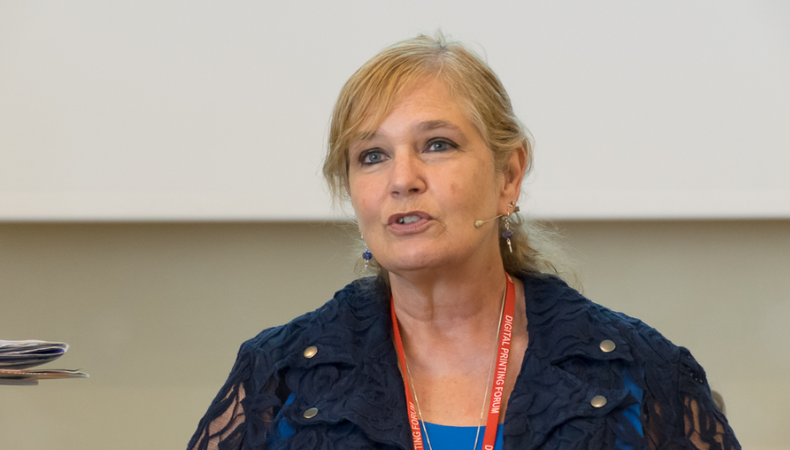Process Control for wide format printing

At the recent Fespa Expo in Munich, process control was part of the Fespa Colour LAB and was included in the tour of feature. This seemed to be a new concept to many visitors. This blog with give a little more detail as to where it fits into a colour managed system and workflows.
In this instance, process control as term is used to refer to the printed product validation and verification, rather than the wider meaning within the quality assurance area, when using standards such as ISO 9001.

Image Credit: FESPA
See the blogs on Club Fespa from Paul Lindström……….
So, your colour managed workflow is complete:
- Profiled and verified computer screens to view images and pages accurately
- The printing conditions chosen for your presses to emulate, Fogra 39, 47, 51, 52, or even the CMYK full gamut of press, etc
- Color settings files in desktop apps that reflect your colour workflows producing press ready PDF X files
- Clients advised on how to submit press ready PDF’s to the correct colour managed workflow
- Presses are device profiled for the many substrate’s used
- The RIPs /DFE’s driving the presses have their colour management tools set up to match the chosen printing conditions using the correct simulation ICC profile in combination with the device profile for the presses/substrate combination
So now how do you know if your digital presses are producing to the specified standard? This is where process control is used. It validates printed sheets to the chosen standard or colour specification using a custom colour bar/control strip and a spectrophotometer with process control software.
There are many software solutions available including PressSIGN from Bodoni (now owned by Agfa, their version is called PressTune and there is also a version for digital print called PrintTune). ColorCert from X-Rite, PrintSpec from MellowColor, PressView from MeasureColor, EFI Fiery Color Verifier, Techkon’s SpectroConnect and on-press/in-line systems for digital and offset litho presses.
These solutions can use small colour bars which suit work where there is little room for a large colour bar.
So, what is needed in the digital wide format printing sector to enable process control?
 For large format work, often a Fogra Media Wedge, see above, can be used and measured using the same process as used for validating proofs.
For large format work, often a Fogra Media Wedge, see above, can be used and measured using the same process as used for validating proofs.However often there is a need for smaller colour bars, such as the small PressSIGN bar or one of the Fogra bars shown below.


The objective of process control is to validate and prove that the printed product is accurate and consistence to the intended printing condition/specification throughout the print run.
The number of sheets/products sampled and measured will be based on the run length, clients may set this figure, some print certification schemes, such as the UK’s BPIF Colour Quality Scheme mandate the number of sheets measured in relation to the run length.
Often for very short runs, say up to 10 copies, only one measurement of one copy may be needed. For longer runs a sampled will need to be assessed in relation the stability of the process and client needs.
The sheets with be measured either by inline spectrophotometers which are on some wide format inkjet devices, or off-line using a handheld spectrophotometer and process control software.
Even this more manual approach only takes a minute or two.
These systems take the intended printing condition, which can be an ISO standard or the chosen simulation ICC profile. They measure the colour bar and report the accuracy in De.
The measurements usually cover:
- CMYK primaries
- RGB overprints
- Grey balance
- Dot gain, in the digital world this is using the colorimetric values of usually three tint areas to check against
- Paper or substrate white point
They often then report a percentage score based of the areas above. Scores over 80% are considered acceptable, but for many markets and higher score on 90’s may be needed.
These measurements and scores can then be recorded ‘job-by-job’ and stored in a database.
They can be used for monitoring press performance and KPI‘s for colour control. They will show very quickly when a press needs a new device profile or calibration. They can be provided to clients to prove colour accuracy and consistency for a project or individual job.
The investment needed is not large. It some cases the digital front end used to drive your wide format presses may have a process control tool, usually in this case, using a Fogra Media Wedge. Also, often a spectrophotometer, such a as a X Rite iOnePro, will be supplied with the press in order to produce device profiles and calibration.
This, and other spectrophotometers, will work with the process control software’s and systems mentioned above.
These process control software’s are not expensive, ranging from 2500 euros for a single user to 8,000 for a multiuser server-based system. Most will run on Mac or PC.
So, what benefits will be achieved by using these systems other than mentioned above?
- Printed work can be measured and verified to an agreed and known specification or standard
- This then can be shared with clients
- Less wastage and reprints due to poor colour
- Provides diagnostic data on press performance, in order to correct colour issues before they effect quality
- Greater customer satisfaction and confidence
Interested in joining our community?
Enquire today about joining your local FESPA Association or FESPA Direct
Recent news

GCC LaserPro at FESPA 2025: Pioneering the Future of Speed and Precision
GCC, a leading front-end R&D company, established its brand, GCC LaserPro, to drive innovation in laser engraving and cutting solutions. We are excited to showcase our latest advancements at FESPA 2025 in Berlin!

Why more print service providers are turning to consignment stock management
Robin East, Group Chief Commercial Officer at UFABRIK discusses how consignment stock management is gaining popularity in the print industry, offering improved cash flow and operational efficiency. It ensures on-site stock availability, enhancing customer service and reducing delivery times. This approach also promotes sustainability through consolidated shipments and fosters stronger supplier-customer relationships.
.png?width=550)
Personalisation is a long-tail experience: how Variable Data Printing can drive years of engagement
Pat McGrew shares how Personalisation in print offers long-term engagement, not just one-off interactions. Using minimal data, tailored campaigns across formats like mail and signage can boost loyalty. GDPR compliance is key, requiring transparency and consent. Success stories demonstrate personalisation's power, making it a vital competitive edge.

How is AI quietly shaping the print industry
Johnny Shells, Principal Analyst at Keypoint Intelligence shares how AI is quietly transforming the print industry, enhancing efficiency and personalisation. It automates tasks like prepress checks, job scheduling, and colour management. AI also enables personalised printing, reduces waste through demand forecasting, and improves customer service with chatbots. This technology optimises workflows, not replaces human expertise.